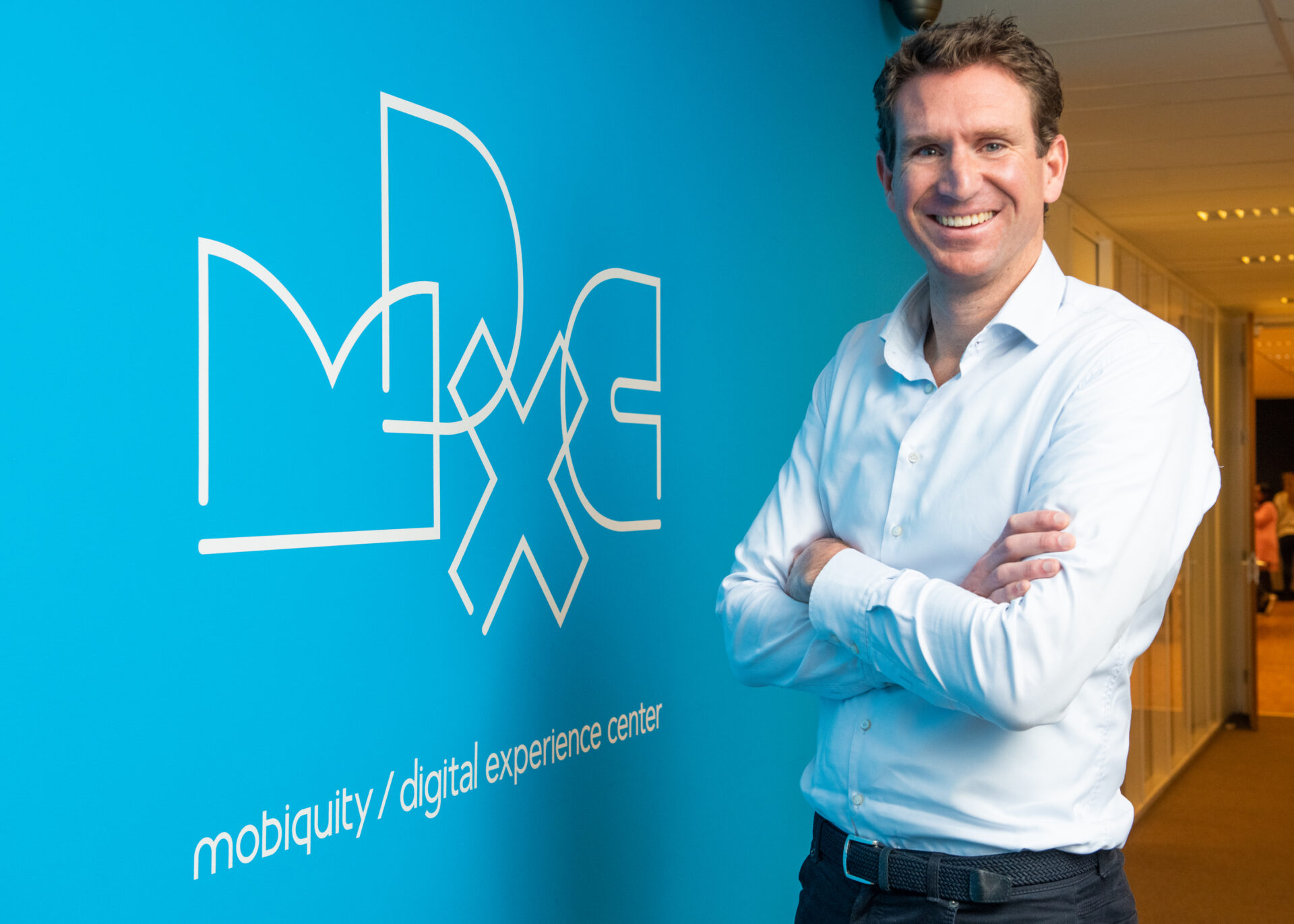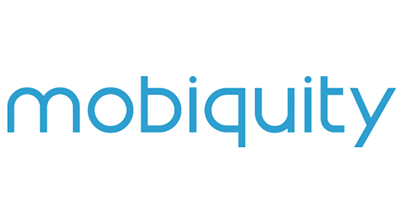
Career advice from Stephan Hartgers
Published on: 20 Jul 2021
Tip 1: Choose the right colleagues
Stephan Hartgers had carefully mapped out the criteria for leaving the consulting world. “I wanted to work at a small company, preferably in healthcare, at the intersection between Business and IT, in a management role.” When he found a position that matched those criteria exactly, he discovered to his surprise that it didn’t actually make him happy. It turned out that one criterion was missing from his list: colleagues. “The human factor turned out to be even more important than all the other criteria.”
Stephan traded his job for an interim position that offered him the exact opposite – the match with the team was what made the job worthwhile. “That opened my eyes. I realized that there are other things that are important than just the rational sides of the job.” So he decided to return to consulting: he was good at the job, felt comfortable with the cyclical way of working, and fit in with the type of people.
Tip 2: Choose your employer carefully, even during a takeover
A headhunter put Stephan in touch with the founders of boutique consulting firm Morgan Clark & Company. “They’d just started up and were growing like crazy. There was an instant click. A few years after I started as a consultant there, we were taken over by an American company, Mobiquity. At that point, you’ll have to ask yourself: do I want to work for the acquiring company? No one is forcing you into this new situation; you are at the wheel of your own career.”
Stephan had his answer in just two days. “It was clear to me pretty quickly that there were a lot of great people at Mobiquity that I could look up to and learn a lot from. And that’s a very important element in the steps I take.”
In 2019, Mobiquity itself was acquired again by Hexaware. Stephan: “There were no changes in the management structure and our value proposition remained the same. We kept our own identity, but it offered more opportunities for us. So this time, I didn’t hesitate for a second.”
Tip 3: Provide a clear value proposition
Mobiquity Europe was formed in 2015 by merging three companies: a consulting firm, a design firm, and a software development firm. “The value proposition of the new company – making the three companies together more than the sum of the individual companies – has grown over time, bringing different disciplines together under one roof to serve clients in their quest for digital innovation.” Mobiquity deploys its own methodology to solve specific client problems – whether it’s with an app, a medical sensor or a digital strategy. Mobiquity also helps clients coordinate their innovation management internally.
And there’s clearly a need for that in the market. “Over the last three years, we’ve grown 30% per year,” says Stephan, “and we expect to continue on that trajectory because our positioning in the market is clear and our partnerships are well designed.”
CV Stephan Hartgers
2019 – heden
VP Digital Strategy, Mobiquity
2018 – 2019
Director of Strategy, Mobiquity
2015 – 2018
Managing Consultant, Mobiquity
2013 – 2015
Managing Consultant, Morgan Clark & Company
2012 – 2012
Project Manager New Business Development a.i., Guidion
2010 – 2012
Manager IT & Operations, ZorgDomein
2003 – 2009
Engagement Manager, McKinsey & Company
2001 – 2003
Consultant, KPMG
Tip 4: Set the bar high
These days, Stephan is not only involved in projects hands on, but as VP of Digital Strategy, he’s also a member of the MT and responsible for Strategy, Analytics, and Digital Product Management. ” Mobiquity has been pioneering in many ways. So it’s good that I have a solid foundation in consulting from the mature environments of KPMG and McKinsey.” On the one hand, his background comes in handy during client projects. On the other hand, he uses it to teach skills like conceptual problem solving, analytical thinking and stakeholder management to his colleagues. “I use my experience as a benchmark for our consulting work.”
Tip 5: Take charge of your own career
At a young company like Mobiquity, every employee can make a visible contribution. “In the beginning, we mainly hired seniors, managers and principals,” Stephan explains, “so everyone was quickly effective with minimal guidance. But now we have the critical mass of skills and tools to give people more structure. We’ve formalized our own methodologies and established the MobAcademy, with training courses for different levels and competencies. So yes, Mobiquity is maturing, but the hallmarks of our culture are still an incredible amount flexibility, freedom, and independence. So my advice to my colleagues is always: make your own career. Don’t wait for someone to explain how to do it here.”
The Mobiquity method consists of five steps
- Ignition – forming ideas and strategy
- Problem fit – turning ideas into solutions and working with end users to see if they recognize the problem, and if so, what solutions work best
- Solution fit – shaping and testing the first MVP
- Market fit – building the solution so it can be rolled out on a large scale and embraced by users
- Scale – a strategic phase to grow a mature product exponentially
